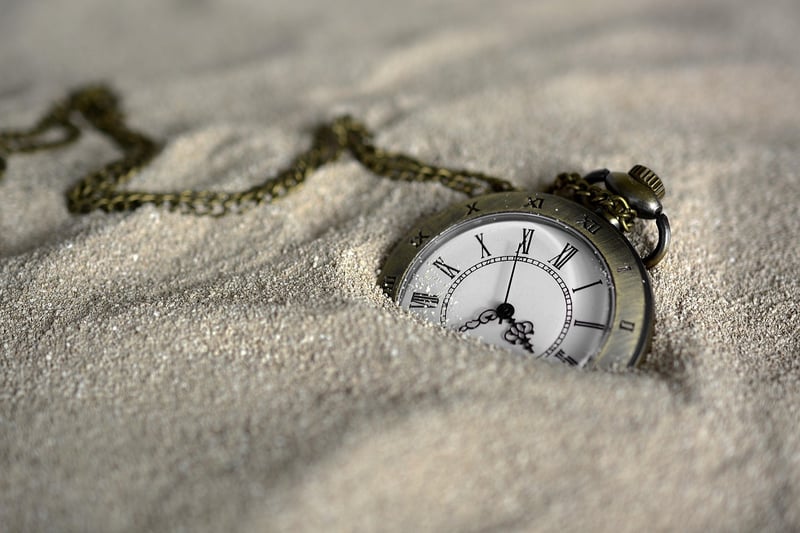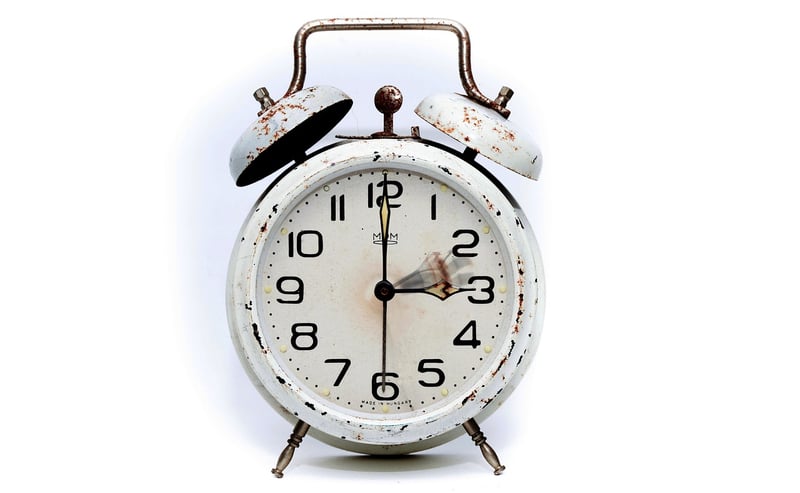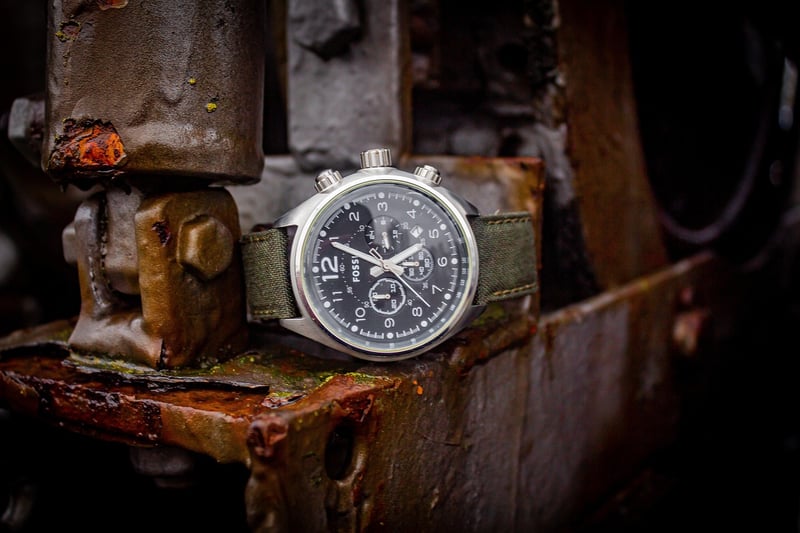Famous Inventions
The Fascinating World of Time Manipulation and Famous Inventions
Introduction to Time Manipulation
Time manipulation, a concept often explored in science fiction and theoretical physics, refers to the ability to control time's flow. While time travel remains a popular theme in movies and books, the scientific feasibility of manipulating time is a topic of ongoing research and debate.
Types of Time Manipulation
Time manipulation can be broadly categorized into two main types:
- Time Travel: The ability to move backward or forward in time, altering past events or predicting the future.
- Time Dilation: The stretching or compressing of time, as described by Einstein's theory of relativity.
Famous Inventions Related to Time
While time manipulation remains a speculative concept, there have been numerous inventions throughout history that have revolutionized the way we perceive and measure time. Some famous inventions include:
1. The Pendulum Clock
The invention of the pendulum clock by Dutch scientist Christiaan Huygens in 1656 greatly improved timekeeping accuracy and became the standard timekeeping device for centuries.

2. The Atomic Clock
Developed in the mid-20th century, the atomic clock is the most accurate timekeeping device ever created, relying on the vibrations of atoms to measure time with incredible precision.

3. The Chronograph
Invented by Louis Moinet in 1816, the chronograph is a versatile timepiece that can be used as a stopwatch in addition to its regular timekeeping function.

Conclusion
While the idea of time manipulation may still belong to the realms of imagination and science fiction, the inventions related to timekeeping have significantly impacted human civilization and our understanding of time. From ancient sundials to modern atomic clocks, the quest for accurate time measurement continues to drive innovation and progress.
